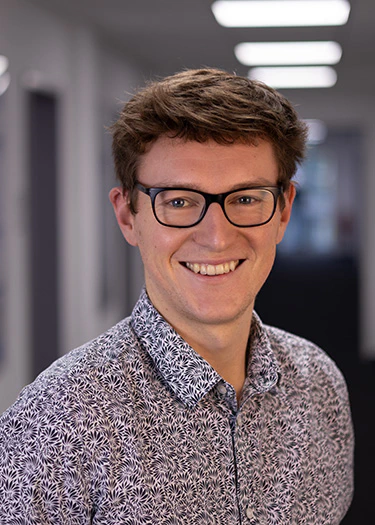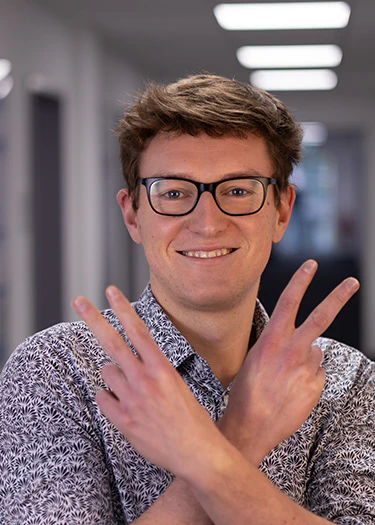

Lukas Fisch
PhD student
Contact Lukas Fisch
Google Scholar
Lukas, a trained physicist, is currently involved in the statistical analysis of brain MRI data using neural networks. Through his work in various fields, he has developed a passionate interest in data analysis, particularly in programming software for data analysis. He is particularly drawn to the “creative tension” that arises from the interplay between creative idea generation and the weighing of different approaches.
His interest in data analysis was sparked in 2016 during his bachelor’s thesis in physics, where he determined the luminosity (the number of particle collisions) of an experiment at the COSY particle accelerator. In his master’s thesis, Lukas analyzed the cascading spread of power outages and investigated approaches to prevent such failures. During his bachelor’s thesis in economics, in the field of Natural Language Processing (NLP), he had the opportunity to delve deeper into deep neural networks and trained transformer models (such as GPT-2) for the analysis of Amazon reviews.
Currently, Lukas is working on two different research areas: neuroimaging and flow cytometry. In neuroimaging, he is involved in the preprocessing of brain MRI data, which prepares the MRI images for statistical analysis. In various projects, he employs neural networks to improve the quality and speed of this preprocessing. In flow cytometry, cells in biological samples (blood, cerebrospinal fluid) are measured to identify different cell types and determine their quantities. As part of a project, Lukas has developed a neural network that can learn to identify cell types, thereby simplifying the analysis of cytometry data.

